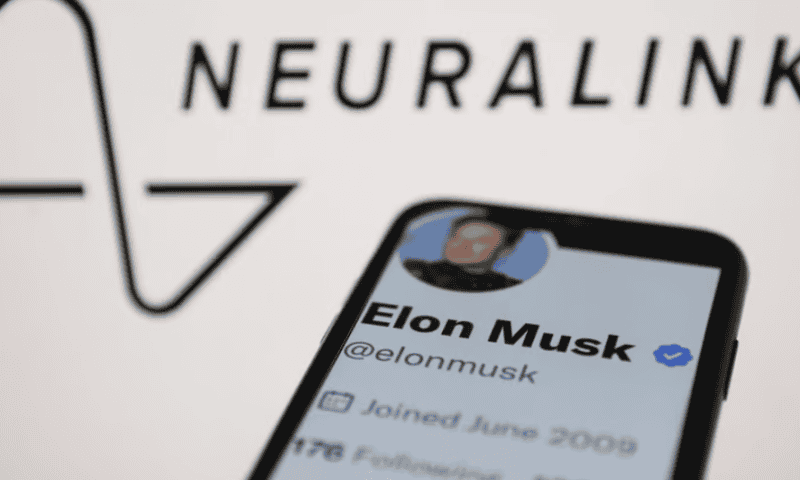Less than a month after Neuralink founder Elon Musk announced that the company’s brain-computer interface technology had been implanted in a human for the first time, that study participant is already taking the first steps toward controlling a computer using only their mind, according to Musk.
His latest update on the Neuralink clinical trial came, once again, via X, the social media platform he owns. During a livestreamed Spaces event with journalist Katherine Brodsky on Monday night, according to Reuters, Musk reported that Neuralink’s technology has enabled the first implantee to control a computer cursor hands-free.
“Progress is good, and the patient seems to have made a full recovery, with no ill effects that we are aware of,” he said. “Patient is able to move a mouse around the screen by just thinking.”
Next up, the participant is being tasked with pushing the mouse’s buttons as many times as possible using only their thoughts, Musk said.
The progress report arrived exactly three weeks after Musk’s last update on the long-awaited Neuralink trial. In a series of posts on X late last month, he announced that the company’s first human implant had been performed on Jan. 28 and that the patient was “recovering well.”
The PRIME study—named after Neuralink’s precise robotically implanted brain-computer interface—was greenlit by the FDA last spring and began recruiting in the fall. At the time, the company said it was looking for volunteers aged 22 and older with quadriplegia caused by a cervical spinal cord injury or amyotrophic lateral sclerosis.
Each of the participants will have Neuralink’s N1 device implanted on their brain by the company’s R1 robot. Once in place, the implant’s 1,024 electrodes will record neurological activity and transmit the data to a connected app, where an algorithm will translate the brain activity into computer controls.
According to Neuralink, the primary study period will span 18 months, complete with periodic at-home and in-person clinical check-ins and regular brain-computer interface research sessions, followed by a five-year follow-up that will comprise another 20 clinic visits.
The initial application for Neuralink’s technology—translating the neurological activity of individuals with paralysis into cursor movements and mouse clicks—has been dubbed Telepathy, Musk said in his late January update.
In the future, in addition to linking anyone’s brain to their smartphone, Musk has claimed that Neuralink’s brain-computer interface could potentially be used to restore sight to the blind and mobility to the paralyzed.
Despite the technology’s reported potential—or, perhaps, because of it—some scientists have expressed wariness over the company’s current trial. Researchers interviewed in the journal Nature this month took issue with the fact that the trial has not been registered at ClinicalTrials.gov, with no information available about its sites or protocol and most substantial updates on the study coming from either a single recruitment brochure or social media posts by Musk.
“My assumption would be that the FDA and Neuralink are following the playbook to a certain extent,” Tim Denison, Ph.D., a neuroengineer at the University of Oxford, told Nature. “But we don’t have the protocol. So we don’t know that.”

